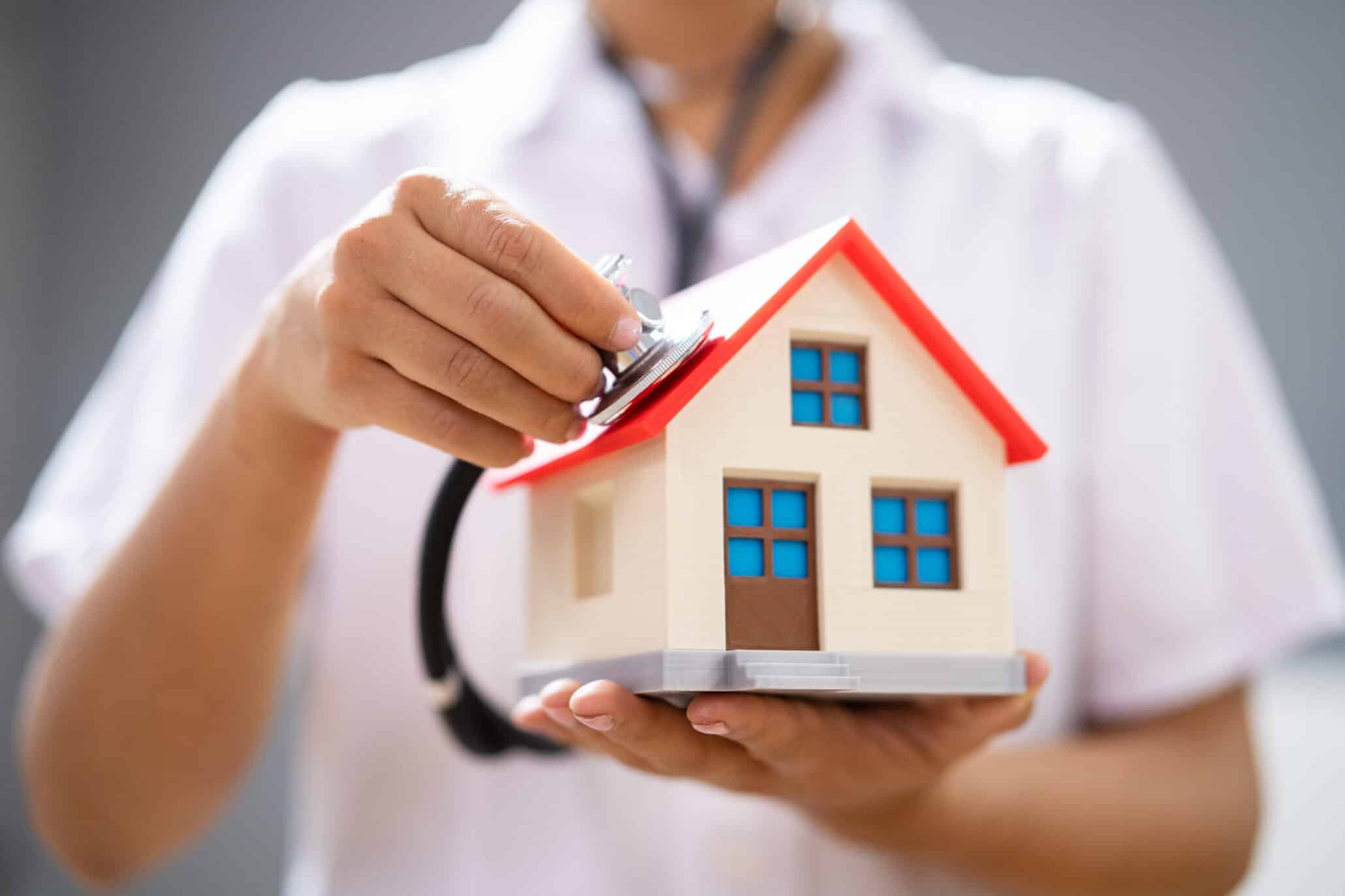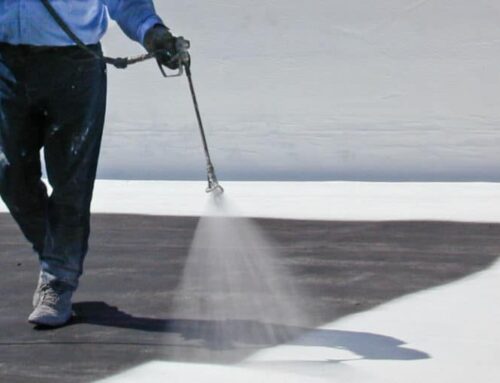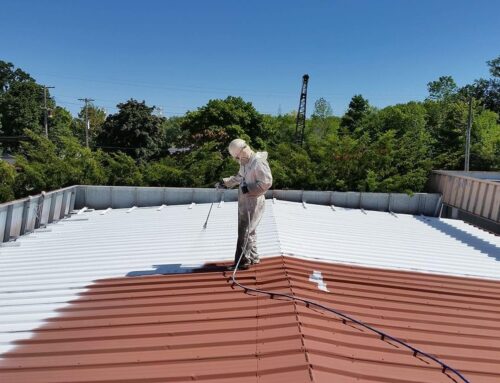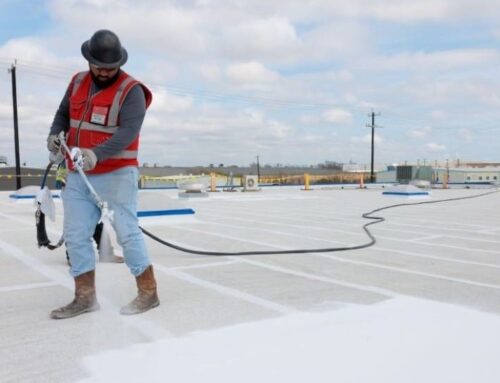Common Roofing Materials Used on Commercial Buildings
When it comes to roof repair for commercial buildings, one of the most important aspects is selecting the right roofing material. Different roofing materials are better suited for different types of roofs and climates, so it’s essential to do your research before making any decisions. Common roofing materials used on commercial buildings include modified bitumen, EPDM rubber membrane, PVC membrane, TPO membranes, and built-up roof systems. Each type has its own benefits and drawbacks that should be considered when choosing a roofing material that will best suit your needs.
What to Look for When Inspecting a Roof for Repairs
When inspecting a roof for repairs, it is important to look at the overall condition of the roof and its components:
- Any loose or missing shingles
- Cracked flashing
- Damaged gutters and downspouts
- Rust spots on metal roofs
- Worn rubber seals around vents and chimneys
- Holes in roof membranes.
- Signs of ponding water or standing water due to clogged drains or improper drainage systems
- Blistering from trapped moisture
- Cracking or splitting seams in the roof material
- Any sagging areas that could indicate underlying structural issues
- Signs of insect infestation, such as wood rot from termites or carpenter ants.
- Ensure all roof penetrations are properly sealed with caulk or roof cement to prevent water from entering your building.
Tips to Extend the Life of Your Roof
- Regular roof maintenance and timely roof repairs are essential for extending the life of your roof. By having regular maintenance done to your roof you can help extend the life of your roof by cleaning out gutters and downspouts regularly and removing debris, such as branches or leaves, that can trap moisture on top of the roof.
- Inspecting your roof regularly is key, as it allows you to identify potential issues before they become more serious.
- Seal any roof penetrations with caulk or roof cement to prevent water infiltration into your structure.
By following these simple steps, you’ll be able to keep your commercial roof in good shape and save money on future repairs or replacements!





